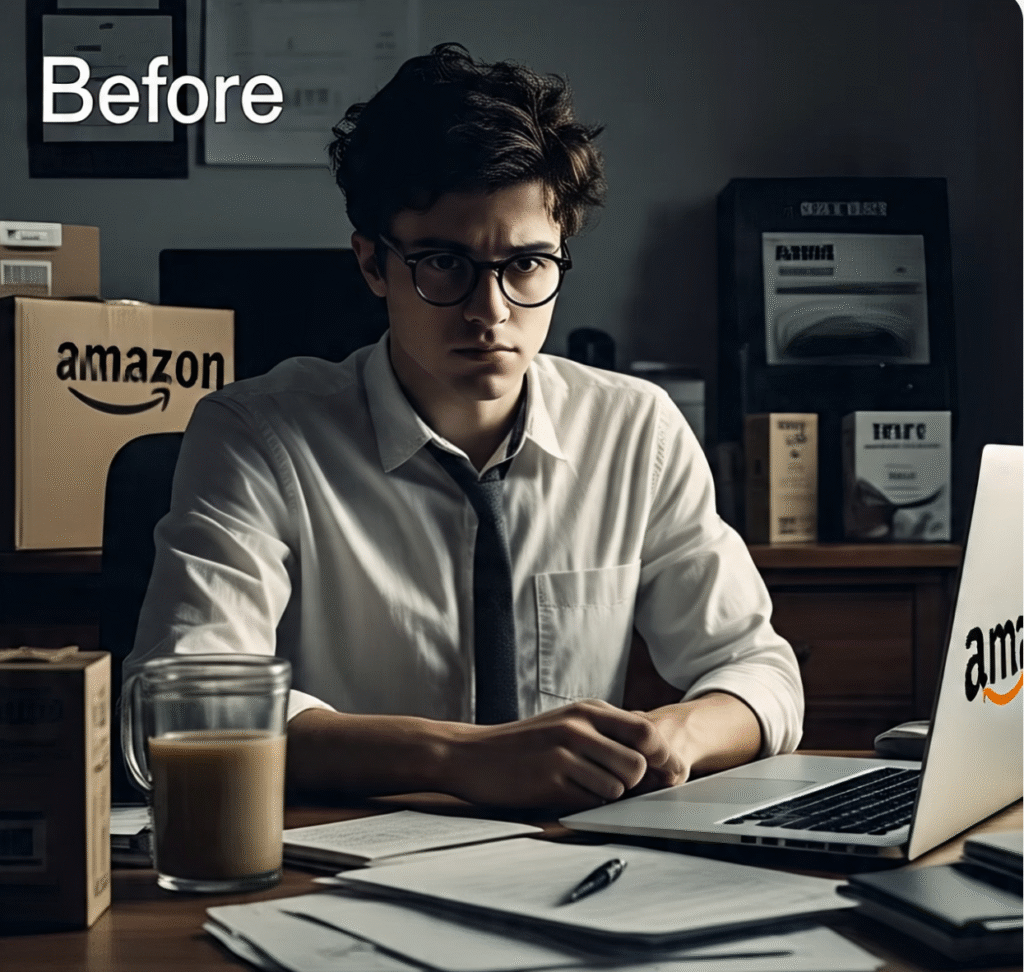In the fast-paced world of e-commerce, Amazon sellers are constantly seeking ways to stand out, streamline operations, and boost profitability. One powerful strategy gaining traction is kitting for Amazon products. By bundling complementary items into a single, sellable unit, kitting helps sellers differentiate their offerings, reduce costs, and enhance the customer experience. This comprehensive guide explores what kitting for Amazon products entails, its benefits, challenges, and how to implement it effectively in 2025.
Table of Contents
What Is Kitting for Amazon Products?
Kitting for Amazon products involves combining multiple individual items into a single package, sold as one SKU (Stock Keeping Unit) or ASIN (Amazon Standard Identification Number). Unlike bundling, which may group unrelated items, kitting typically focuses on complementary products that serve a specific purpose or activity. For example, a camping kit might include a tent, sleeping bag, and portable stove, all packaged together for convenience.
Kitting creates a new, unique product listing on Amazon, allowing sellers to differentiate their offerings from competitors. This strategy is particularly effective for Fulfillment by Amazon (FBA) sellers, as it streamlines inventory management and reduces fulfillment costs. According to a recent article on NewzPulz, kitting is a growing trend in e-commerce, helping sellers meet customer demand for convenience and value.
Why Kitting Matters for Amazon Sellers
In Amazon’s competitive marketplace, standing out is crucial. Kitting for Amazon products offers a way to create exclusive products that competitors can’t easily replicate. By offering pre-assembled kits, sellers can capture the Buy Box, increase sales, and improve customer satisfaction. Additionally, kitting aligns with Amazon’s focus on efficiency, as it reduces the number of packages shipped and simplifies warehouse processes.
For example, a seller offering a skincare kit with a cleanser, moisturizer, and sunscreen can charge a premium for the convenience of a complete solution. This not only boosts revenue but also enhances brand loyalty. As e-commerce continues to grow, kitting remains a key strategy for staying ahead, as highlighted in NewzPulz’s e-commerce trends.

Benefits of Kitting for Amazon Products
Kitting for Amazon products offers several advantages for sellers:
- Increased Sales and Margins: Kits often command higher price points due to their convenience and perceived value. A pre-assembled kit can appeal to customers who prefer ready-to-use solutions, driving higher order values.
- Cost Savings: By packaging multiple items into one unit, sellers reduce FBA storage and fulfillment fees. Amazon charges $0.78 per cubic foot for standard storage (increasing to $2.40 in Q4), so compact kits save significant costs.
- Market Differentiation: Unique kits create a competitive edge, especially if no other seller offers the same combination. This can lead to owning the Buy Box, as noted in a guide by eComEngine.
- Improved Customer Experience: Kits simplify purchasing decisions and provide everything a customer needs in one package, reducing the hassle of buying items separately.
- Inventory Optimization: Kitting helps move slow-selling stock by pairing it with popular items, reducing excess inventory and improving turnover rates.
Challenges of Kitting for Amazon Products
While kitting for Amazon products is highly beneficial, it comes with challenges that sellers must navigate:
- Complex Inventory Management: Kitting requires tracking individual components and the final kit as a single SKU, which can complicate inventory systems. A shortage of one component can halt kit production, as warned by Sellercloud.
- Initial Setup Costs: Creating kits involves labor, packaging materials, and potentially new labeling, which can be costly upfront.
- Amazon Compliance: Amazon has strict guidelines for kitting, especially for consumable items like beauty or baby products. Kits must be created by the original manufacturer or brand owner, and sellers cannot mix products from different brands under a generic label.
- Demand Forecasting: Predicting demand for kits can be tricky, leading to overstocking or stockouts. Sellers must analyze sales data to avoid these pitfalls.
- Returns Management: If a customer returns a kit, disassembling and restocking components can be time-consuming and costly.
How to Implement Kitting for Amazon Products
Implementing kitting for Amazon products requires careful planning and execution. Follow these steps to get started:
- Identify Kitting Opportunities: Analyze sales data to find products frequently purchased together. For example, if you sell kitchen gadgets, a baking kit with measuring cups, a mixing bowl, and a whisk could be a hit.
- Ensure Compliance: Review Amazon’s bundling and kitting guidelines on Seller Central to ensure your kits meet requirements, especially for restricted categories.
- Create a New SKU/ASIN: Assign a unique SKU or ASIN to your kit and generate new barcodes (GTIN or UPC) for the packaged unit.
- Assemble and Package: Gather components, package them securely (e.g., shrink-wrapped or boxed), and apply Amazon-compliant labels. Consider branding options like custom packaging to enhance presentation.
- List on Amazon: Create a compelling product listing with high-quality images, detailed descriptions, and keywords like “kitting for Amazon products” to boost discoverability.
- Monitor Performance: Track sales, inventory levels, and customer feedback to refine your kitting strategy.
Best Practices for Successful Kitting
To maximize the success of kitting for Amazon products, follow these best practices:
- Leverage Data: Use Amazon’s sales reports or tools like RestockPro to identify high-demand product combinations.
- Focus on Quality: Ensure kits are well-packaged and visually appealing to avoid returns and negative reviews.
- Test Small: Start with a small batch of kits to gauge demand before scaling up.
- Optimize Listings: Use SEO-friendly titles and bullet points to highlight the value of your kit, such as “All-in-One Home Gym Kit for Beginners.”
- Partner with Reliable Suppliers: Ensure consistent supply of kit components to avoid stockouts.
- Stay Updated: Monitor Amazon’s policy changes, as they can impact kitting requirements. Check NewzPulz’s Amazon updates for the latest news.

Outsourcing Kitting to a 3PL Provider
For sellers overwhelmed by the logistics of kitting for Amazon products, outsourcing to a third-party logistics (3PL) provider can be a game-changer. 3PLs like Elite Sourcing & Logistics specialize in kitting, assembly, and FBA prep, handling everything from warehousing to shipping. Benefits of outsourcing include:
- Time Savings: Focus on product development and marketing while the 3PL manages kitting.
- Expertise: 3PLs ensure compliance with Amazon’s strict guidelines, reducing the risk of errors.
- Scalability: 3PLs can handle increased demand during peak seasons, such as Q4.
- Cost Efficiency: By streamlining processes, 3PLs reduce labor and packaging costs.
A case study from Elite Sourcing & Logistics highlights a wellness brand that saw a 20% sales increase after outsourcing kitting, thanks to faster turnaround times and consistent product availability.
Conclusion: Elevate Your Amazon Business with Kitting
Kitting for Amazon products is a powerful strategy to differentiate your brand, increase profitability, and enhance customer satisfaction. By bundling complementary items into unique, convenient kits, sellers can capture more sales, reduce costs, and streamline operations. While challenges like inventory management and compliance exist, careful planning and tools like 3PL services can make kitting a seamless process.
Ready to take your Amazon business to the next level? Start exploring kitting opportunities today, and stay informed with resources like NewzPulz for the latest e-commerce insights. With the right approach, kitting for Amazon products can transform your business in 2025.


